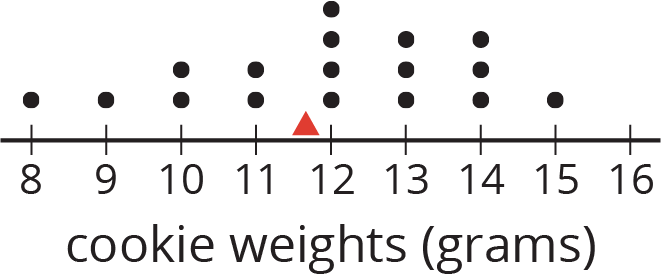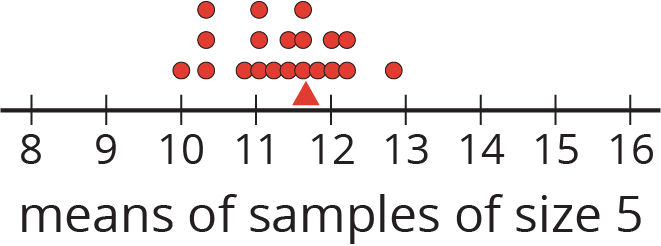17.1: Average Reactions
The other day, you worked with the reaction times of twelfth graders to see if they were fast enough to help out at the track meet. Look back at the sample you collected.
- Calculate the mean reaction time for your sample.
- Did you and your partner get the same sample mean? Explain why or why not.





